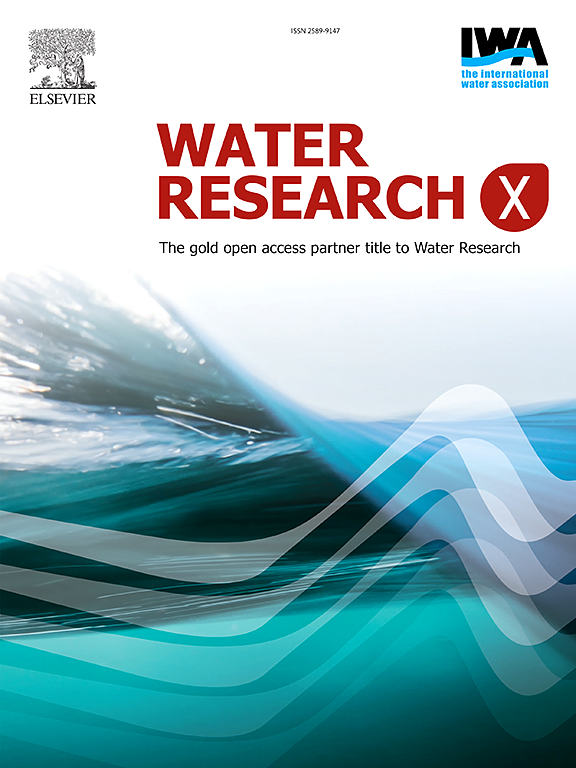Making waves: Rethinking our mission for N2O emissions at WRRFs
IF 8.2
2区 环境科学与生态学
Q1 ENGINEERING, ENVIRONMENTAL
引用次数: 0
Abstract
Nitrous oxide (N2O) is a potent greenhouse gas with a global warming potential 273 times that of CO2, and it is a significant contributor to ozone depletion. Water resource recovery facilities (WRRFs) have been identified as a major source of N2O emissions, leading to significant research and policy efforts to mitigate these emissions. As WRRFs undertake these N2O mitigation efforts, important questions remain regarding the impact of more intensive nitrogen removal for pollution prevention and public health protection and how reactive nitrogen discharges are emitted as N2O in receiving waterways. To answer these questions, this perspective highlights the importance of balancing facility-scale emission factors to estimate N2O emissions from wastewater while considering the impacts of nitrogen if discharged to receiving water bodies. This perspective suggests more comprehensive approaches to manage N2O emissions, emphasizing the need to account for the reduction in N2O emissions achieved through nitrogen removal at WRRFs compared to direct discharge into receiving water bodies. By considering the overall impact of nitrogen from wastewater on N2O emissions from both WRRFs and receiving water bodies, WRRFs can reduce their impact on the environment while maintaining their important role in removing nitrogen from wastewater.

掀起波澜:重新思考我们在水资源回收中心的一氧化二氮排放任务
一氧化二氮(N2O)是一种强效温室气体,其全球变暖潜能值是二氧化碳的273倍,是臭氧消耗的重要因素。水资源回收设施(WRRFs)已被确定为N2O排放的主要来源,因此需要进行大量的研究和政策努力来减少这些排放。随着WRRFs开展这些N2O减排工作,关于更密集的氮去除对污染预防和公众健康保护的影响以及活性氮排放如何以N2O的形式排放到接收水道的重要问题仍然存在。为了回答这些问题,该观点强调了平衡设施规模排放因子的重要性,以估计废水中的N2O排放量,同时考虑氮排放到接收水体的影响。这一观点建议采用更全面的方法来管理N2O排放,强调需要考虑通过在wrrf去除氮而实现的N2O排放减少,而不是直接排放到接收水体。通过考虑废水中氮对WRRFs和接收水体N2O排放的总体影响,WRRFs可以在保持其去除废水中氮的重要作用的同时减少对环境的影响。
本文章由计算机程序翻译,如有差异,请以英文原文为准。
求助全文
约1分钟内获得全文
求助全文
来源期刊

Water Research X
Environmental Science-Water Science and Technology
CiteScore
12.30
自引率
1.30%
发文量
19
期刊介绍:
Water Research X is a sister journal of Water Research, which follows a Gold Open Access model. It focuses on publishing concise, letter-style research papers, visionary perspectives and editorials, as well as mini-reviews on emerging topics. The Journal invites contributions from researchers worldwide on various aspects of the science and technology related to the human impact on the water cycle, water quality, and its global management.
 求助内容:
求助内容: 应助结果提醒方式:
应助结果提醒方式:


